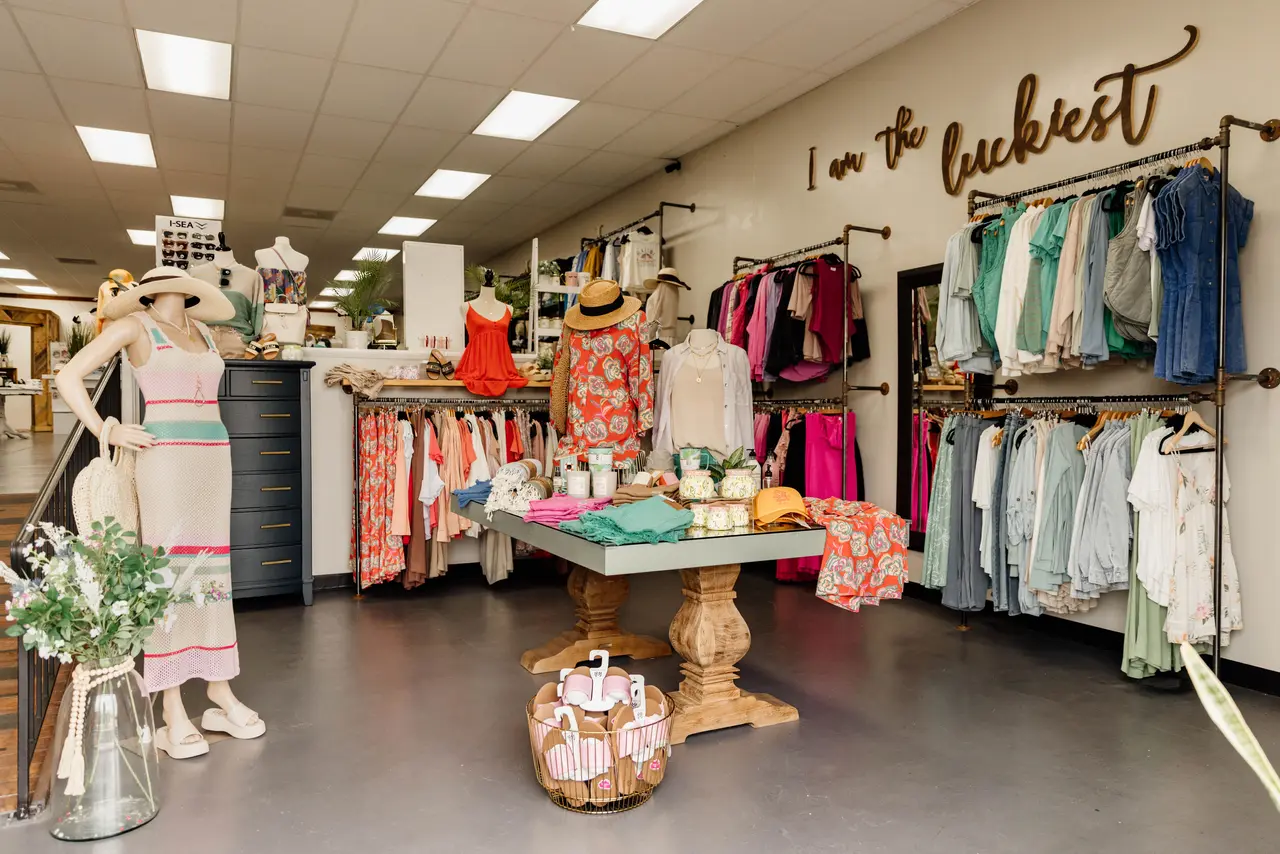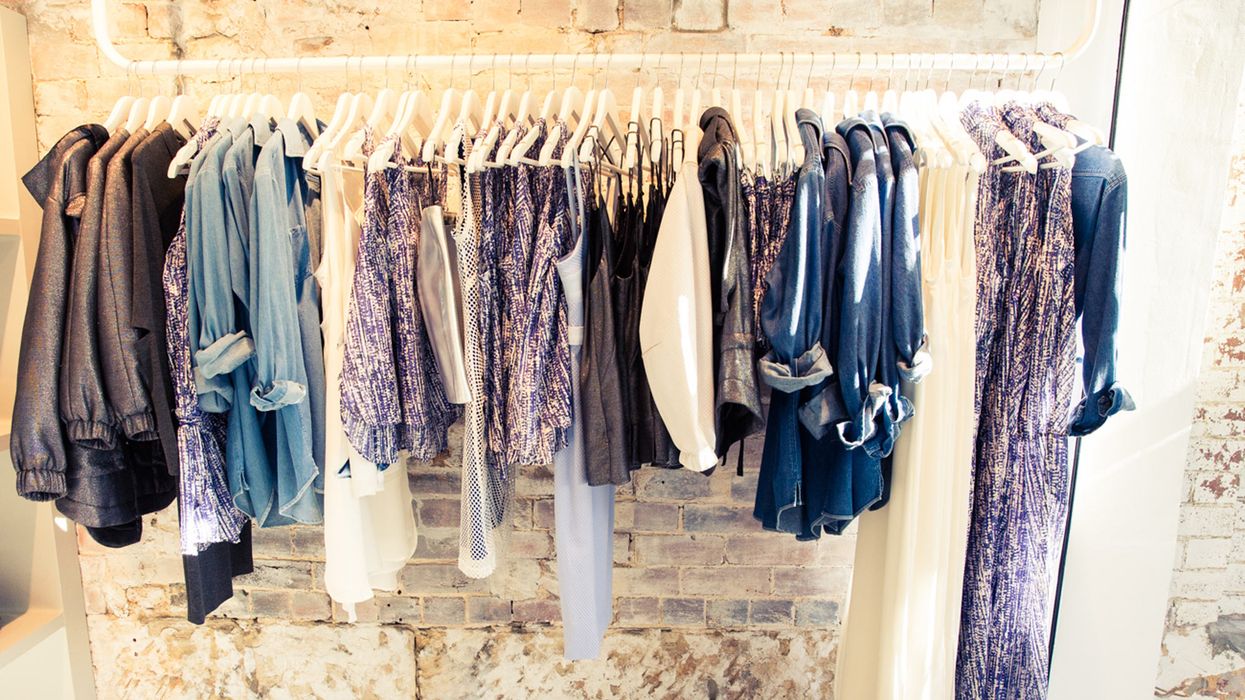The Impact of Social Media on Today's Boutique Fashion Trends
Wiki Article
A Deep Dive Into the Globe of High-Fashion Runways: Comprehending Apparel as Art
Designers, much like skillful artists, weave elaborate narratives via material, color, and form, redefining and testing traditional standards charm standards. As we check out these sartorial spectacles, we must contemplate: what duty does style play in shaping social worths, and exactly how does it reflect the ever-changing tapestry of human feeling and identity?The Advancement of Runway Reveals
The trajectory of runway programs has changed dramatically over the decades, evolving from special industry occasions to captivating eyeglasses that mix style with art. Typically, path shows were intimate events, held in ateliers or tiny locations, mostly attended by purchasers and sector insiders. These very early discussions focused on the garments' workmanship and industrial stability, offering a sensible and straight display of seasonal collections.As the fashion business broadened, the nature of path shows started to change. The 1970s and 1980s noted a turning point, with developers looking for to identify themselves via more staged presentations. This age saw the surge of sophisticated collections, choreographed versions, and thematic narratives, advertising a new age where the path became an experiential platform. The shows transformed into a kind of storytelling, where each collection conveyed an unique story or principle.
In the last few years, innovation and social media sites have actually even more reinvented path programs, making them accessible to a worldwide audience. Livestreaming and digital platforms have equalized style, enabling enthusiasts worldwide to witness these occasions in real-time (boutique fashion). This development reflects a wider social change, where high-fashion paths act as a dynamic intersection of design, advancement, and efficiency
Designers as Visionary Artists
Just how have developers transcended their duties to become visionary artists? Developers in the high-fashion industry have obscured the lines between functional garment production and the theoretical realm of art. This transformation appears in the means they approach their collections, not simply as clothes yet as extensive expressions of society, identity, and feeling. By accepting artistic disciplines such as sculpture, paint, and avant-garde installments, designers craft garments that challenge traditional style norms and boost them to art forms.Visionary developers attract motivation from a myriad of sources, consisting of abstract art, historic referrals, and individual narratives. They have a distinct capacity to picture and appear ideas that push the borders of traditional style, typically redefining visual paradigms in the procedure. This creative ingenuity is showcased with dramatic silhouettes, ingenious products, and detailed workmanship, which invite audiences to experience fashion as even more than just wearable products.
Additionally, the path works as a canvas for these artists, where lights, songs, and established layout coalesce to develop immersive experiences. These presentations are not simply display screens of apparel however are managed efficiencies that stimulate feeling and provoke thought, affirming the designer's function as a real musician in the modern social landscape.
Cultural Impacts in vogue
Social tapestry weaves its intricate patterns into the material of fashion, affecting developers worldwide. The dynamic interchange of cultural stories, traditions, and signs educates and motivates collections that poise high-fashion runways. Designers diligently attract from their heritage or engage with cultures unique from their own, crafting garments that work as aesthetic narratives. This cultural discussion not just enhances the aesthetic variety however also fosters a deeper understanding and gratitude of global identifications.The impact of culture on fashion is usually seen in the reinterpretation of typical garments and patterns. As an example, making use of Japanese bathrobes, Indian saris, or African prints in contemporary fashion mirrors a blend of social authenticity and modern-day aesthetic appeals. Designers such as Valentino's Pierpaolo Piccioli and Alexander McQueen's Sarah Burton have actually been known to integrate rich social motifs into their couture collections, converting history right into wearable art.

Innovation in Material and Design
Innovation in textile and style constantly improves the landscape of high-fashion, pushing borders and redefining possibilities. Designers are increasingly discovering the combination of technology, such as 3D printing, which permits for the development of complicated structures that were formerly inconceivable.The fashion sector is seeing a rise in the usage of green products, acquired from recycled plastics, organic fibers, and even eco-friendly components. Developers are accepting these materials to craft garments that are both aesthetically striking and mindful of their ecological footprint.
In terms of style, progressive silhouettes and experimental kinds are continually changing the runway. By integrating unusual products and innovative strategies, designers cultivate garments that blur the line between fashion and art, establishing new requirements for creative thinking and expression in the high-fashion round.
Effect of Fashion on Culture
Fashion possesses an extensive impact on culture, offering as both a reflection of social identity and a catalyst for social change. Through its evolution, fashion has mirrored social changes, enveloping the zeitgeist of various periods. As an example, the flapper outfits of the 1920s personified a newly found sense of ladies's liberation, while the bold prints of the 1960s resembled the innovative spirit of the time. High-fashion runways, particularly, act as systems for tough norms and redefining elegance criteria. Designers use these places to resolve pushing social problems, from sustainability to diversity, therefore forming public discussion.In addition, style has the power to bridge cultural spaces, promoting understanding and gratitude among varied groups. As globalisation increases, the cross-cultural exchange of fashion concepts comes to be progressively significant, advertising inclusivity and variety. The increase of streetwear, stemming from urban subcultures, highlights just how fashion can transcend socio-economic limits, granting individuals a means of self-expression and empowerment.
Basically, fashion is not simply concerning aesthetic appeals; it is a dynamic pressure that affects worths, mindsets, and social progression (boutique fashion). By constantly connecting with social and social currents, style remains an integral part of the cumulative human you can look here experience

Final Thought
High-fashion paths offer as dynamic fields where apparel goes beyond capability to become an expressive art form. Designers, akin to visionary musicians, manage collections that show identification, feeling, and cultural narratives, challenging conventional looks. The blend of ingenious material and style, combined with fancy additional info set styles, lights, and songs, produces immersive experiences that celebrate multiculturalism. This intersection of fashion and artistry not just astounds audiences around the world but also affects social perceptions and advertises a much deeper recognition for cultural diversity.
Social tapestry weaves its intricate patterns into the fabric of style, affecting developers around the world.Style possesses a profound impact on society, serving as both a representation of social identity and a driver for social modification.
Report this wiki page